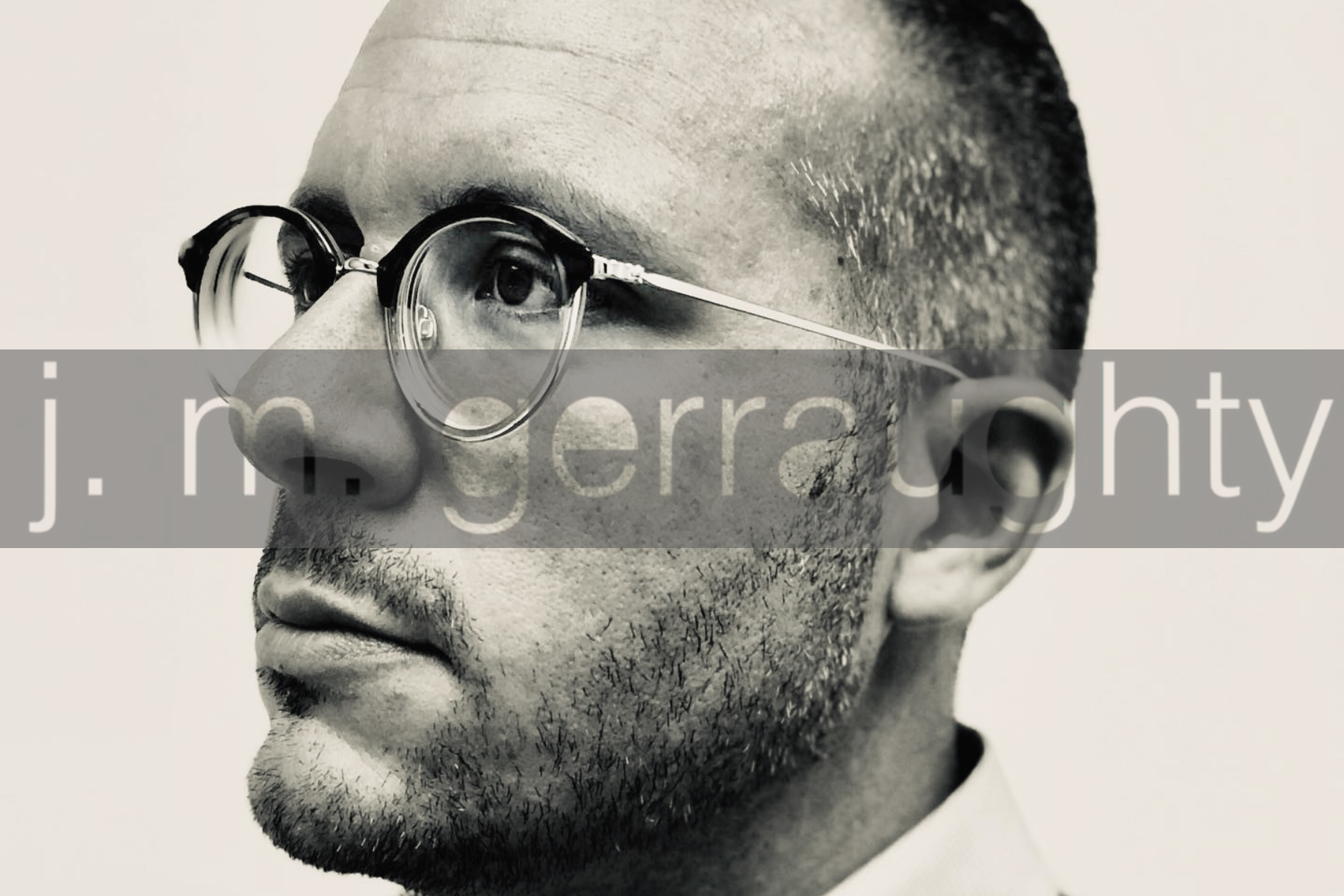chamber orchestra: flute (piccolo), oboe, clarinet, bassoon – horn, trumpet – percussion, piano (toy piano) – strings
Program Notes:
Tink was not all bad; or, rather, she was all bad just now, but, on the other hand, sometimes she was all good. Fairies have to be one thing or the other, because being so small they unfortunately have room for one feeling only at a time. They are, however, allowed to change, only it must be a complete change.
–J. M. Barrie, Peter and Wendy, Chapter 4
Tinkerbell was written as a part of a series of pieces devoted to J. M. Barrie’s Peter Pan mythology. In these stories, Tinkerbell is a fairy that is devoted to Peter Pan, and follows him on his adventures in Neverland and on Earth. While portrayed as a more minor character, Barrie paints Tinkerbell as a deceptively complex person, who serves as a way to comment on the role of women in Edwardian England.
The music of Tinkerbell is based on a song by Schubert, Gretchen am Spinnrade. I felt that this piece was fitting for its description of a woman’s heartache after being abandoned by her lover. The piece begins in very much the same way as the song, with material slowly mutating into something less and less recognizable to the original song material. There is also a constant shifting of mood from one extreme to another, mimicking Tinkerbell’s emotional states. These states begin to become more manic and closer together over time, bringing the piece to a violent climax. The use of toy piano in this piece is symbolic of the small bell-like noises that we are told is the fairy language. The juxtaposition of the instrument’s innocent connotation, combined with it’s gawky and awkward nature help to create a more grotesque portrayal of a deeply emotionally troubled character, rather than a simple shimmering beauty.
